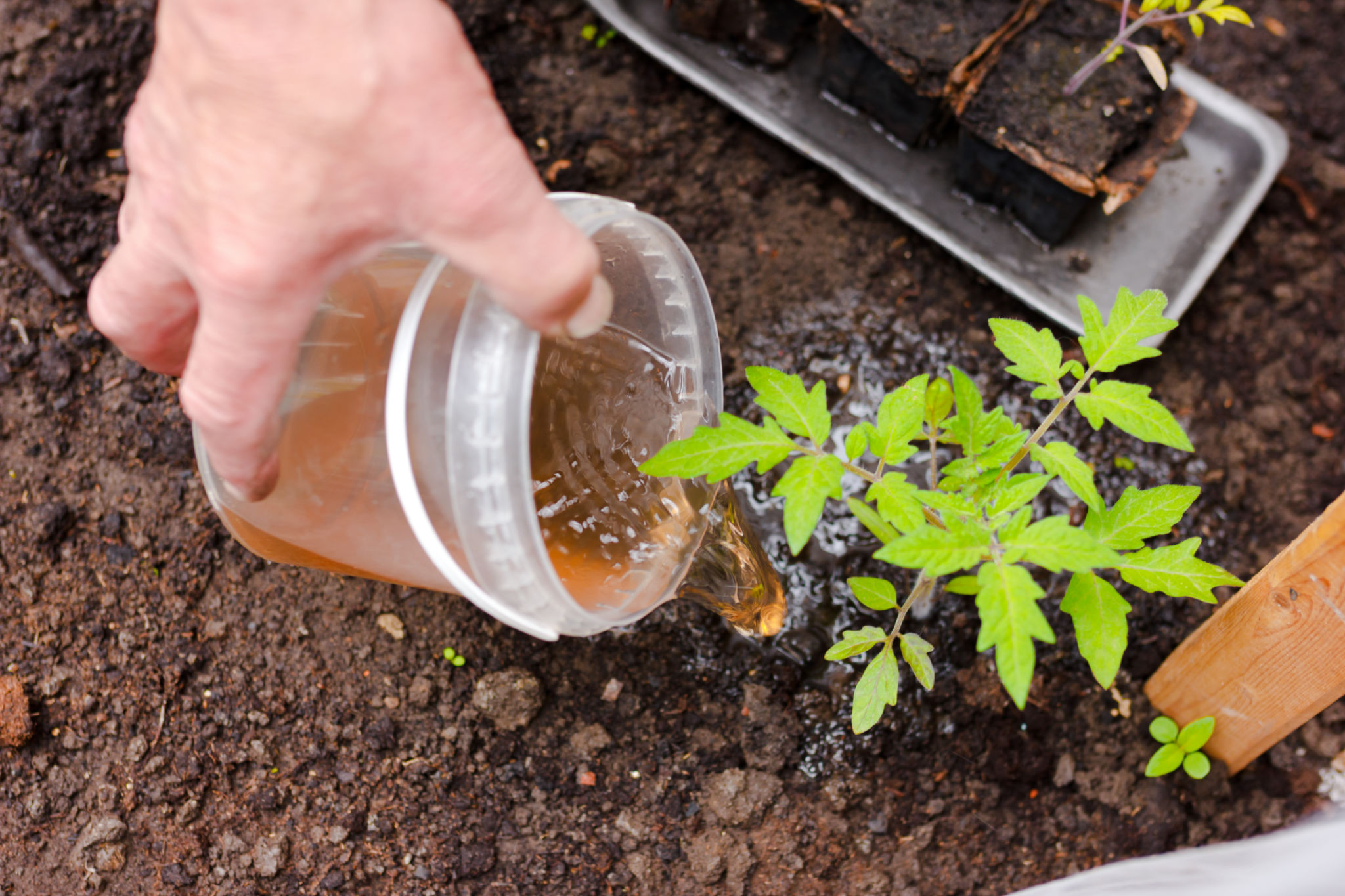DIY Indoor Plant Care Hacks: Keeping Your Plants Healthy and Happy
Understanding Your Plant’s Needs
Every plant has its own unique set of requirements, so understanding these needs is the first step in effective plant care. Begin by researching the specific conditions that each of your indoor plants thrive in, such as light, humidity, and watering frequency. By tailoring your care routine to meet these needs, you’ll ensure your plants remain healthy and vibrant.
When it comes to light, some plants prefer bright, indirect sunlight, while others thrive in low-light conditions. Similarly, take note of your home’s humidity levels, as some plants may require extra moisture. Consider using a hygrometer to monitor the humidity in your home and use a humidifier if necessary.

DIY Watering Hacks
Proper watering is crucial for indoor plant health, yet it can be a common pitfall for many plant enthusiasts. Overwatering is a frequent mistake, so it’s essential to check the soil moisture before adding water. Insert your finger about an inch into the soil; if it feels dry, it’s time to water. If it’s still moist, wait a few more days.
Consider creating a DIY self-watering system using recycled materials. A simple method involves filling a wine bottle with water, covering the opening with a porous material like a coffee filter, and inverting it into the soil. This allows for gradual watering as the soil dries out, ensuring consistent moisture levels.

Nutrient Boosters
Plants need more than just water and sunlight to thrive; they also require nutrients. You can create your own organic fertilizer using kitchen scraps. For example, banana peels are rich in potassium and can be blended with water to create a nutrient-rich tonic for your plants. Similarly, eggshells provide calcium and can be crushed and sprinkled into the soil or used in compost.
Another simple hack is to use coffee grounds as a mild fertilizer. They’re especially beneficial for acid-loving plants like ferns and gardenias. Just sprinkle them sparingly on the soil surface or mix them in with compost.

Pest Control with Household Items
Indoor plants are susceptible to pests like aphids, spider mites, and fungus gnats. Fortunately, you can manage these pests with common household items. For example, a mixture of dish soap and water can be sprayed on leaves to eliminate aphids without harming the plant.
Another effective solution for controlling pests is neem oil, a natural insecticide that can be mixed with water and sprayed on affected areas. It disrupts the lifecycle of pests without posing risks to humans or pets.

Repotting Tips
As your plants grow, they may outgrow their pots and require repotting. Choose a pot that is only slightly larger than the current one to prevent overwatering issues. Make sure it has adequate drainage holes to prevent root rot.
When repotting, gently loosen the roots and remove any that are dead or rotting. Refresh the soil with a quality potting mix suited to your plant’s needs. After repotting, water thoroughly and place the plant in a location appropriate for its light requirements.
Maintaining Plant Health
Regular maintenance is key to keeping your indoor plants healthy. This includes wiping down leaves with a damp cloth to remove dust and promote photosynthesis. Pruning dead or yellowing leaves encourages new growth and maintains an attractive appearance.
By incorporating these DIY hacks into your routine, you’ll foster an environment where your indoor plants can flourish. Remember, every plant is unique, so observe and adjust your care techniques as needed to ensure they remain lush and lively.
